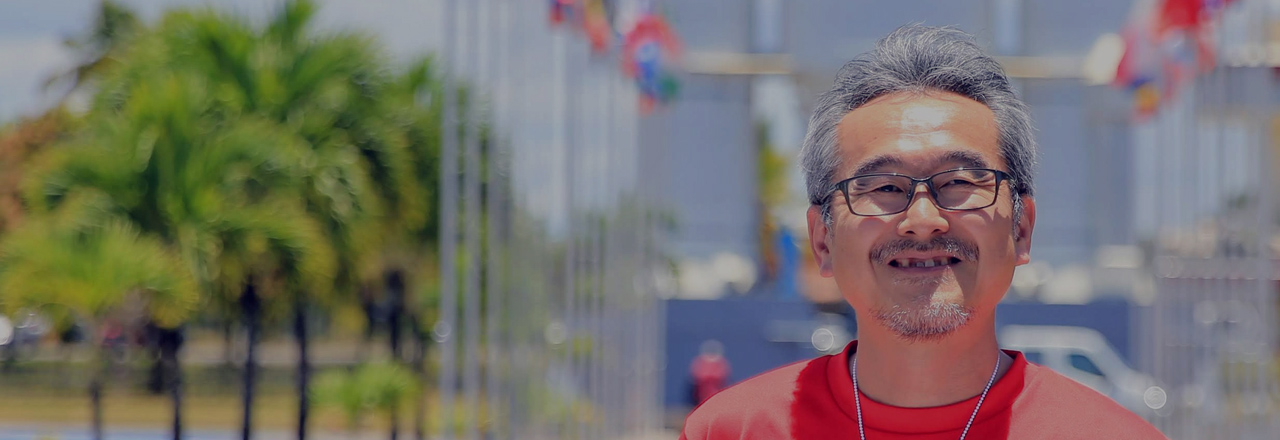Fight a thermal control system in the design phase
I have been involved in the BepiColombo project from the start of process, and 20 years have passed. Since it will take 7 years that "Mio" will be separated from the MPO and started the mission operation (1 year nominal operation + 1 year option), I will be involved about 30 years. It is well-known that the Mercury exploration mission is tough from the view of thermal control, so we had designed “Mio” considering thermal control from the early phase.
For example, in order to minimize the influence of the infrared heating from the Mercury's surface, the orbit of “Mio” had been devised so that it does not approach the day side of the Mercury's surface in the high season of sunlight intensity. In addition, the attitude of “Mio” had been contrived ways to control the thermal condition. "Mio" is a spinning satellite due to the requirement of the science mission, and the spin axis is set the north-south direction, which is almost normal to the sun light, for thermal control. As a result, the side panels can be kept the lower temperature by spreading the solar energy.

Development of thermal resistance material
Basically, "Mio" absorbs less sunlight and reflects more by covered with mirrors and painted white on the surface of the satellite. However, “Mio” may reach high temperature that have never been experienced around the earth. In order to measure the plasma environment around Mercury, the surface of "Mio" should be covered with electrically conductive materials. It was difficult to select and evaluate the thermal control materials because they were required to comply with the space environments (vacuum, ultraviolet, radiation particles), the high temperature, and the electrical conductivity. Because there were very few materials which meet our requirements, a special electrical conductive white paint was developed for “Mio,” for example. Even if this paint is used, the antenna is predicted to be reached 400 degrees C in the Mercury orbit. Also, the Multi-layer insulation (MLI) attached to the back of the antenna was specially made by using titanium foil and ceramic thread to withstand the high temperature.

Reduction in weight vs Thermal design
Since the Mercury environment had been completely inexperienced, it was necessary to test using prototypes of payloads and mission instruments in the simulated thermal environment of the Mercury orbit and to feed back to the design. To carry out those tests, the inner planetary thermal vacuum environment simulator which simulate the Mercury thermal environment on the ground was prepared at ISAS before the Mercury project had started. The thermal testing of the solar cell, the white paint, MLI and the science instruments were carried out in this facility. In the test several unexpected events occurred at the inexperienced environments, therefore there are not a few that have been repeatedly modified the design and made the prototype.
It was requested to reduce the mass to the limit in the spacecraft, and the mass reduction was strict and extremely difficult requirement for the thermal design. For example, if the panel thickness is reduced for the weight reduction, the heat conductance become poor and the heat capacity become smaller. As the heat capacity decreases, for example, a sudden temperature increasing will happen due to the infrared heating from the Mercury's surface. The thermal design of “Mio” is that narrowed down to the limit for weight.

After the launch, "Mio" will spend about 7 years in power-off and sleep state until the separation from MPO. On the other hand, we will have a busy 7 years to make the procedure to detailed operation and so on. I'm looking forward to the full operation of “Mio” while I will monitor the temperature data in the way to Mercury with thrilled and will prepare the operation procedure steadily.



